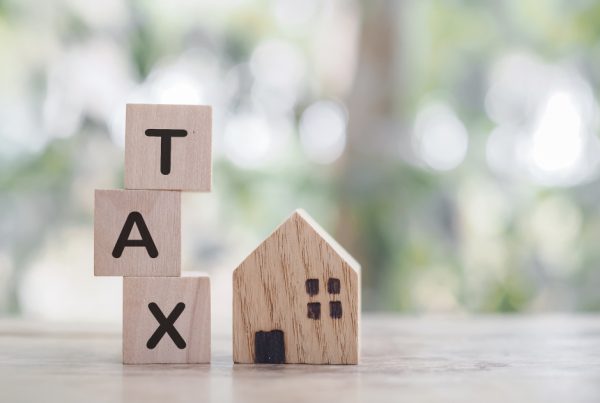If you are thinking of moving to Spain, whether to work, retire or simply start a new phase in your life, you are likely to come across a series of acronyms and formalities that can be confusing at first.
Settling in Spain involves a series of administrative procedures that, although they may seem complex, are much easier to manage with good planning and the right help.
Among the most common are the NIE, the TIE and the empadronamiento. Knowing what each one is, what it is for and how to obtain it is essential to be able to establish yourself legally in the country and access all your rights as a resident.
At MAM Solicitors we accompany different foreign clients every year in the purchase of their residences in Spain so we are familiar with the necessary documentation, not only to make the purchase of the property, but also to ensure that everything is legal and they will not have any future problems with their residency in Spain.
If this is your case, we invite you to continue reading our new blog article.
The NIE: your identification number in Spain
The NIE (Número de Identificación de Extranjero) is a personal, unique and exclusive number assigned by the Spanish police to foreign citizens.
It is not a residency document per se, but a fiscal and administrative identifier that you will need to carry out practically any procedure in Spain: buying a home, opening a bank account, signing an employment contract or registering for social security.
Both EU and non-EU citizens need to obtain this number. The procedure varies slightly depending on the case, but in general it is requested at a National Police station with an Immigration Office or at the Spanish consulate in your country of origin.
If this is your case, we invite you to continue reading our new blog article.
The TIE: your residence card in Spain
The TIE (Tarjeta de Identidad de Extranjero) is a physical card that identifies non-EU foreigners legally residing in Spain for a period of more than 90 days. It contains your photograph, your personal details, your NIE number, the type of residence authorisation you have and its period of validity.
Unlike the NIE, which is just a number, the TIE is a document that certifies your legal status in the country.
If you come with a residence visa (for studies, investment, work, family reunification, etc.), you must apply for the TIE once you arrive in Spain. To do so, you will have to make an appointment through the Ministry of Interior’s website and present a series of documents.
It is important to know that this procedure must be carried out within 30 calendar days of your entry into the country, so it is advisable to plan ahead.
Empadronamiento: registering in your municipality.
The empadronamiento is the procedure by which you register in the municipal register of the place where you live. It is done at the corresponding town hall and serves to accredit your habitual residence in Spain.
Although it does not in itself imply a residence permit, it is an essential procedure for accessing certain services and rights: enrolling your children in school, applying for a public health card, registering to obtain the TIE or even renewing certain residence permits.
To register you will need to present your passport or identity card, a rental contract or property deed as proof of address and, in some cases, the NIE if you already have one.
Once you have completed the process, you will receive a certificate of empadronamiento, also called a volante, which many administrations require as updated proof of address. Bear in mind that in many Autonomous Communities this certificate is valid for three months, so if you need it for other procedures, it is advisable to request it again when you require it.
Other documents that may be required
Depending on your personal and professional situation, it may also be useful or necessary to obtain other documents, such as a social security number (compulsory if you are going to work or access the public health system), a health card or the exchange of your driving licence if you come from outside the European Union.
In any case, it is best to seek specialist legal advice from the outset. Mistakes or delays in submitting applications can mean months of waiting or even the rejection of your application.






